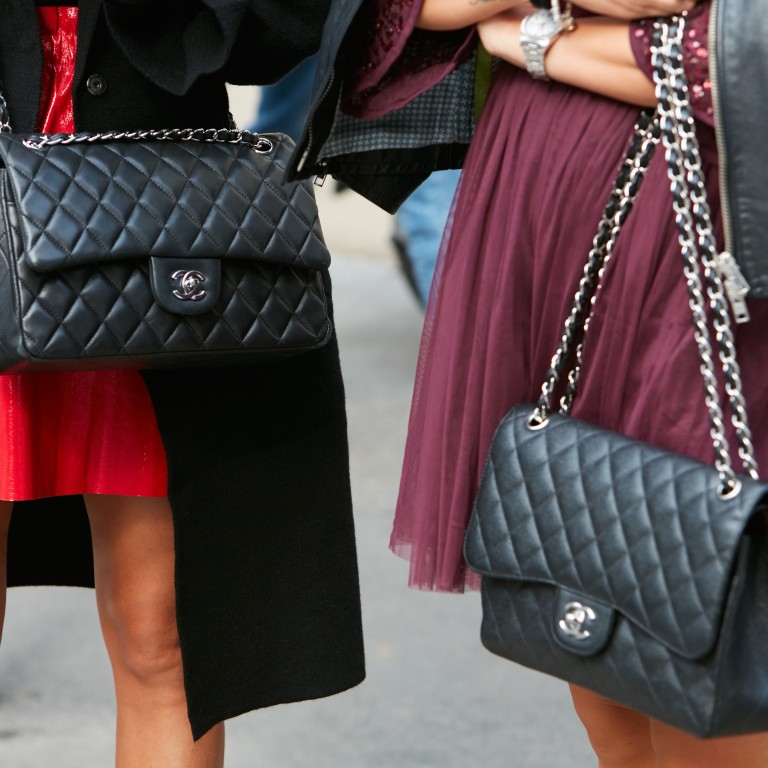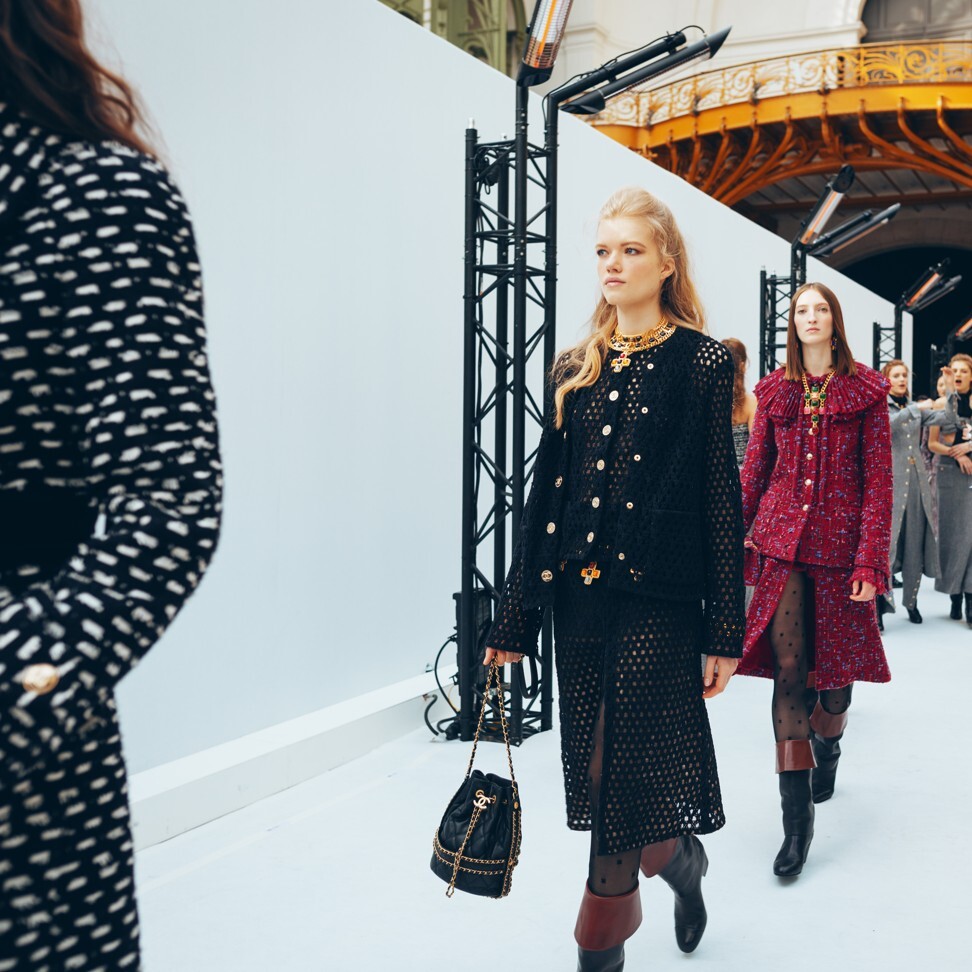
With Chanel raising bag prices by up to 25 per cent, it is time for customers to demand a fairer system
Instead of discounting, some brands have announced they are about to increase prices. The move is not uncommon in the world of luxury retail, but, in times of global crisis, it comes across as tone deaf
Like other customers, I know price increases can happen multiple times a year (some store staff give VIP clients a heads up). Chanel is not alone in implementing this strategy. Brands such as Louis Vuitton and Hermès – both notorious for their no sales policies – Prada, Dior and Gucci have all hiked the prices of their bestsellers over the years.
So why all the furore this time? Turns out the new prices are up to 25 per cent higher in parts of Asia (compared with 17 per cent in Europe). According to the Business of Fashion website, past increases were usually capped at about 10 per cent, which makes the new adjustments harder to swallow – not to mention that raising prices during a global crisis could come across as tone deaf.
That Chanel handbag you crave is about to cost a lot more
Chanel’s managers were quick to defend their actions, citing an increase in raw material costs and a step towards global price harmonisation (the alignment of prices across different markets to ensure customers pay the same price anywhere in the world). Despite these justifications, many customers were left feeling ripped off.
For most industries, the retail price of an item is based on a simple, transparent formula. This is not the case with luxury handbags. While it’s often true that the bag you are carrying was crafted by a highly skilled artisan – in the case of Hermès, staff must train for years before they can make a Birkin – it’s unlikely that these craftspeople are being paid enough to buy a bag themselves.
Retail prices factor in the cost of top-quality raw materials, such as leather and hardware, but these are not publicly traded commodities. It makes sense when a fine jewellery brand must adjust prices to reflect changes in precious metal prices, but is leather really that expensive?
Which brings me to the simple yet disheartening fact that price increases in the luxury world are not necessarily based on mathematics. Instead, they are dictated by intangible factors – namely emotions such as desire and demand – which cannot be measuredyet have provided a solid foundation on which brands have been able to flourish and profit.
It is easy to accuse brands of being greedy, but the sad truth is that we as customers have played our part in creating and validating this system. The brands built temples of consumption and we flocked to them like pilgrims.

It is only now, when we are in the throes of what is likely to be a long global recession, that we are questioning an action that we were willing to accept when times were good.
That is not to say we should sit back and let it happen. I am well aware this column is not going to force luxury brands to suddenly grow a conscience and reduce their prices. But I am hopeful that perhaps it will inspire us as a community to come together and create a new demand for a product that is beautifully made and priced fairly for all parties involved.
Only then will you catch me lining up outside a boutique again.

